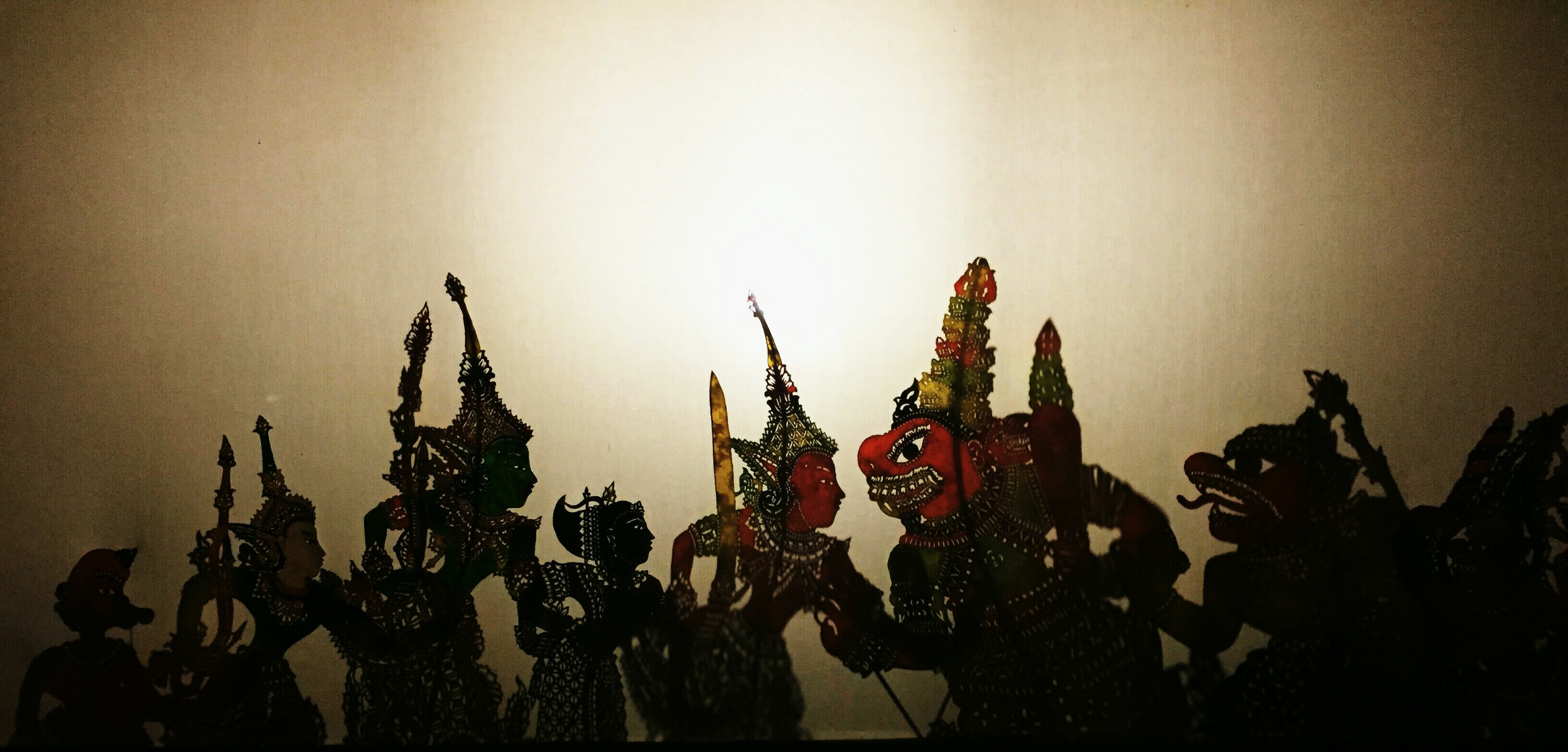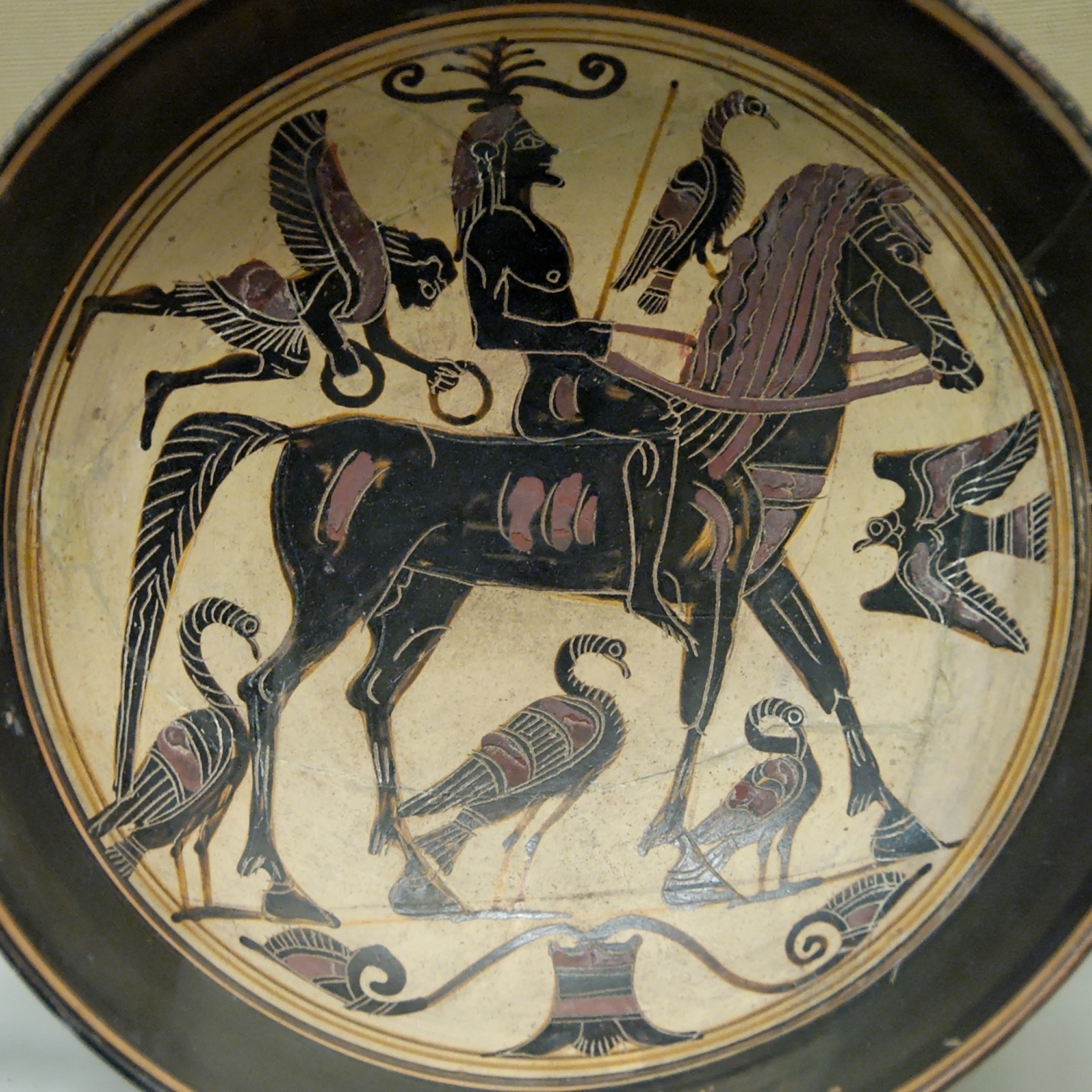|
Bobohizan
A ''Bobohizan'' (Tangaa' Kadazan term) or ''Bobolian'' (Bundu Liwan Dusun term) is a high priestess, a ritual specialist and a spirit medium in Kadazan-Dusun pagan rites. The office of ''Bobohizan'' or ''Bobolian'', is also the chief preserver of Momolianism, i.e. the philosophy and way of life of the Kadazan-Dusun people. One of the primary roles of a ''Bobohizan'' is to appease the rice spirit Bambaazon during harvest festival or Kaamatan. During the event, she will lead a procession of people from her village through the paddy field under the full moon, to give thanks and to seek a bountiful harvest for the rice-cultivating Kadazan-Dusun people. A ''Bobohizan'' also plays a role as a mediator between the spirits and the people. One of the commonest duties of a ''Bobohizan'' is to heal and cure illnesses with herbal remedies and rites. Origin ''Bobohizan'' is said to stem from the first ancestors of the Kadazan-Dusun people, ''Kinoingan'' and his wife ''Suminundu''. It is n ... [...More Info...] [...Related Items...] OR: [Wikipedia] [Google] [Baidu] |
Kaamatan
Kaamatan or Pesta Kaamatan is a form of harvest festival celebrated on 30 and 31 of May annually in the state of Sabah and Federal Territory of Labuan in Malaysia. It is normally celebrated by the ethnic Kadazan-Dusuns, as well as by other related ethnic groups in the state, and lasts for the whole of the month of May, ending with a public holiday on a date selected by a priestess known as the bobohizan. A beauty pageant known as Unduk Ngadau will be held and it ends the harvest festival with a newly crowned Unduk Ngadau in the annual host district, Penampang. The Harvest Festival comes under the ambit of what is known as Momolianism, the belief system and life philosophy of the Kadazan-Dusun. There is also a dance performance called the Sumazau, a singing contest called Sugandoi, a bodybuilding competition, and other arts and crafts performances. Competitions such as hitting the gong and folk sports have also become one of the main events in this festival. Popular drinks ... [...More Info...] [...Related Items...] OR: [Wikipedia] [Google] [Baidu] |
Kadazan-Dusun
Kadazan-Dusun (also written as Kadazandusun or Mamasok Kadazan-Dusun) also less-known as "Mamasok Sabah" are two indigenous peoples of Sabah, Malaysia—the ethnic groups Kadazan and Dusun. The Kadazandusun is the largest native group of Bumiputra in Sabah. They are also known as "''Mamasok''", which means "''originals''" or "''indigenous people''". Most of the Kadazan-Dusun tribes believed they are descendants of Nunuk Ragang people. Kadazan-Dusun has been recognised as an indigenous nation of Borneo with documented heritage by the United Nations Educational, Scientific and Cultural Organization (UNESCO) since 2004. Kadazan-Dusun is also recognised as a bumiputera group in Sabah that has its own special rights from land rights, rivers, to maintaining customs. Several organisations have been established to safeguard the privileges of Kadazan- Dusun in Malaysia and one of them is Pertubuhan Kadazan- Dusun Murut (KDM) Malaysia based in Donggongon, Penampang, Sabah, Mala ... [...More Info...] [...Related Items...] OR: [Wikipedia] [Google] [Baidu] |
Babaylan
Filipino shamans, commonly known as (also ''Balian'' or , among many other names), were shamans of the various ethnic groups of the pre-colonial Colonialism is a practice or policy of control by one people or power over other people or areas, often by establishing colonies and generally with the aim of economic dominance. In the process of colonisation, colonisers may impose their relig ... Philippines, Philippine islands. These shamans specialized in communicating, appeasing, or harnessing the ancestor spirit, spirits of the dead and the nature spirits, spirits of nature. They were almost always women or Bakla, feminized men ( or ). They were believed to have spirit guides, by which they could contact and interact with the spirits and deities (''anito'' or ''Anito, diwata'') and the Spirit world (Spiritualism), spirit world. Their primary role were as mediumship, mediums during ''pag-anito'' séance rituals. There were also various subtypes of specializing in the arts of ... [...More Info...] [...Related Items...] OR: [Wikipedia] [Google] [Baidu] |
Omens
An omen (also called ''portent'') is a phenomenon that is believed to foretell the future, often signifying the advent of change. It was commonly believed in ancient times, and still believed by some today, that omens bring divine messages from the gods. These omens include natural phenomena, for example an eclipse, abnormal births of animals (especially humans) and behaviour of the sacrificial lamb on its way to the slaughter. Specialists, known as diviners, variously existed to interpret these omens. They would also use an artificial method, for example, a clay model of a sheep liver, to communicate with their gods in times of crisis. They would expect a binary answer, either yes or no, favourable or unfavourable. They did these to predict what would happen in the future and to take action to avoid disaster. Though the word ''omen'' is usually devoid of reference to the change's nature, hence being possibly either "good" or "bad", the term is more often used in a forebodin ... [...More Info...] [...Related Items...] OR: [Wikipedia] [Google] [Baidu] |
Malaysian Mythology
Malaysian folklore is the folk culture of Malaysia and other indigenous people of the Malay archipelago as expressed in its oral traditions, written manuscripts and local wisdoms. Malaysian folklores were traditionally transmitted orally in the absence of writing systems. Oral tradition thrived among the Malays, but continues to survive among Orang Asli and numerous bornean ethnic groups in Sarawak and Sabah. Nevertheless, Malaysian folklores are closely connected with classical Malay folklore of the region. Even though, Malay folklore tends to have a regional background, with the passing of time, and through the influence of the modern media, large parts of regional Malay folklore have become interwoven with the wider popular Malaysian folklore. In Malay, the term ''budaya rakyat'' is used to describe folklore. According to the ''Kamus Dewan'', ''budaya rakyat'' can be interpreted as stories, customs, clothing, behaviour etc that are inherited by a society or a nation. Malaysian ... [...More Info...] [...Related Items...] OR: [Wikipedia] [Google] [Baidu] |
Shamanism
Shamanism is a religious practice that involves a practitioner (shaman) interacting with what they believe to be a spirit world through altered states of consciousness, such as trance. The goal of this is usually to direct spirits or spiritual energies into the physical world for the purpose of healing, divination, or to aid human beings in some other way. Beliefs and practices categorized as "shamanic" have attracted the interest of scholars from a variety of disciplines, including anthropologists, archeologists, historians, religious studies scholars, philosophers and psychologists. Hundreds of books and academic papers on the subject have been produced, with a peer-reviewed academic journal being devoted to the study of shamanism. In the 20th century, non- Indigenous Westerners involved in countercultural movements, such as hippies and the New Age created modern magicoreligious practices influenced by their ideas of various Indigenous religions, creating what has been ... [...More Info...] [...Related Items...] OR: [Wikipedia] [Google] [Baidu] |
Kahuna
''Kahuna'' is a Hawaiian language, Hawaiian word that refers to an expert in any field. Historically, it has been used to refer to doctors, surgeons and dentists, as well as priests, ministers, and sorcerers. Background A ''kahuna'' may be versed in agriculture,Archived aGhostarchiveand thWayback Machine canoe building, or any other skill or knowledge area. A ''kahuna'' may be called on by the community to bless new buildings and construction projects, as well as to officiate weddings. Forty types of ''kahuna'' are listed in the book ''Tales from the Night Rainbow'', twenty in the healing professions alone, including "''Kahuna lapaau'', medical priest or practitioner", and "''Kahuna hāhā'', an expert who diagnoses, as sickness or pain, by feeling the body". There are two main categories of ''kahuna''; craft kahuna, such as the ''kālai waa'' – an expert canoe maker, and ''hookele'' – an expert navigator; vs sorcery kahuna, such as ''kahuna anāanā'' and ''kahuna lapaau ... [...More Info...] [...Related Items...] OR: [Wikipedia] [Google] [Baidu] |
Augury
Augury is the practice from ancient Roman religion of interpreting omens from the observed behavior of birds. When the individual, known as the augur, interpreted these signs, it is referred to as "taking the auspices". "Auspices" (Latin ''auspicium'') literally means "looking at birds", and Latin ''auspex'', another word for "augur", literally means "one who looks at birds". Depending upon the birds, the auspices from the gods could be favorable or unfavorable (''auspicious'' or ''inauspicious''). Sometimes politically motivated augurs would fabricate unfavorable auspices in order to delay certain state functions, such as elections. Pliny the Elder attributes the invention of auspicy to Tiresias the seer of Thebes, the generic model of a seer in the Greco-Roman literary culture. This type of omen reading was already a millennium old in the time of Classical Greece: in the fourteenth-century BC diplomatic correspondence preserved in Egypt called the " Amarna correspondence" ... [...More Info...] [...Related Items...] OR: [Wikipedia] [Google] [Baidu] |
Christianity
Christianity is an Abrahamic monotheistic religion based on the life and teachings of Jesus of Nazareth. It is the world's largest and most widespread religion with roughly 2.38 billion followers representing one-third of the global population. Its adherents, known as Christians, are estimated to make up a majority of the population in 157 countries and territories, and believe that Jesus is the Son of God, whose coming as the messiah was prophesied in the Hebrew Bible (called the Old Testament in Christianity) and chronicled in the New Testament. Christianity began as a Second Temple Judaic sect in the 1st century Hellenistic Judaism in the Roman province of Judea. Jesus' apostles and their followers spread around the Levant, Europe, Anatolia, Mesopotamia, the South Caucasus, Ancient Carthage, Egypt, and Ethiopia, despite significant initial persecution. It soon attracted gentile God-fearers, which led to a departure from Jewish customs, and, a ... [...More Info...] [...Related Items...] OR: [Wikipedia] [Google] [Baidu] |
Spell (paranormal)
An incantation, a spell, a charm, an enchantment or a bewitchery, is a magical formula intended to trigger a magical effect on a person or objects. The formula can be spoken, sung or chanted. An incantation can also be performed during ceremonial rituals or prayers. In the world of magic, wizards, witches, and fairies allegedly perform incantations. In medieval literature, folklore, fairy tales, and modern fantasy fiction, enchantments are charms or spells. This has led to the terms "enchanter" and "enchantress" for those who use enchantments. The English language borrowed the term "incantation" from Old French in the late 14th century; the corresponding Old English term was ''gealdor'' or '' galdor'', "song, spell", cognate to ON galdr. The weakened sense "delight" (compare the same development of "charm") is modern, first attested in 1593 (OED). Words of incantation are often spoken with inflection and emphasis on the words being said. The tone and rhyme of how the word ... [...More Info...] [...Related Items...] OR: [Wikipedia] [Google] [Baidu] |
Mediumship
Mediumship is the practice of purportedly mediating communication between familiar spirits or spirits of the dead and living human beings. Practitioners are known as "mediums" or "spirit mediums". There are different types of mediumship or spirit channelling, including séance tables, trance, and ouija. Belief in psychic ability is widespread despite the absence of objective evidence for its existence. Scientific researchers have attempted to ascertain the validity of claims of mediumship. An experiment undertaken by the British Psychological Society led to the conclusion that the test subjects demonstrated no mediumistic ability. Mediumship gained popularity during the nineteenth century, when ouija boards were used as a source of entertainment. Investigations during this period revealed widespread fraud—with some practitioners employing techniques used by stage magicians—and the practice began to lose credibility.Ruth Brandon. (1983). ''The Spiritualists: The Passion ... [...More Info...] [...Related Items...] OR: [Wikipedia] [Google] [Baidu] |






